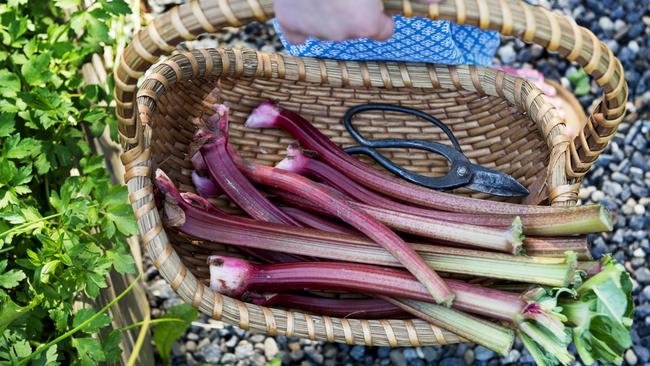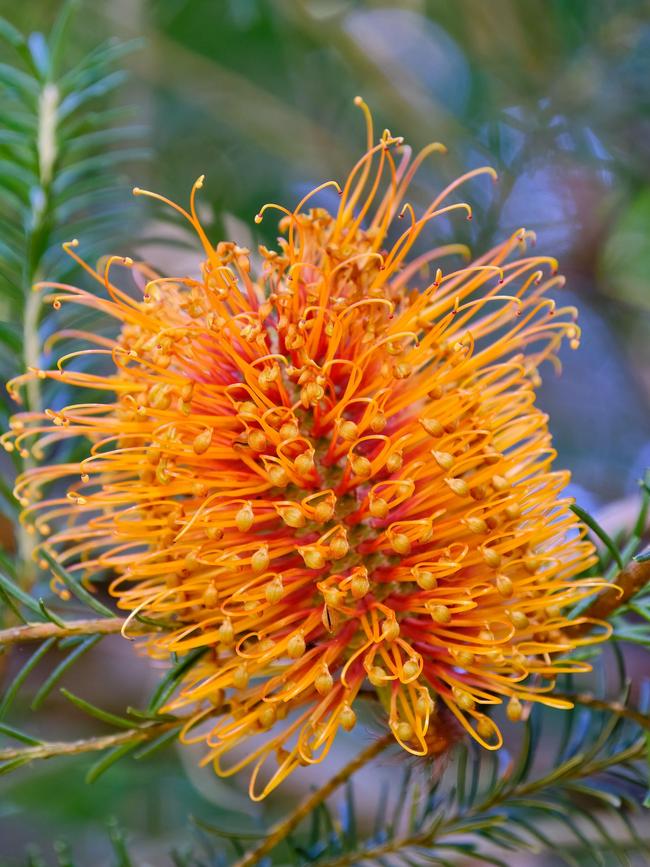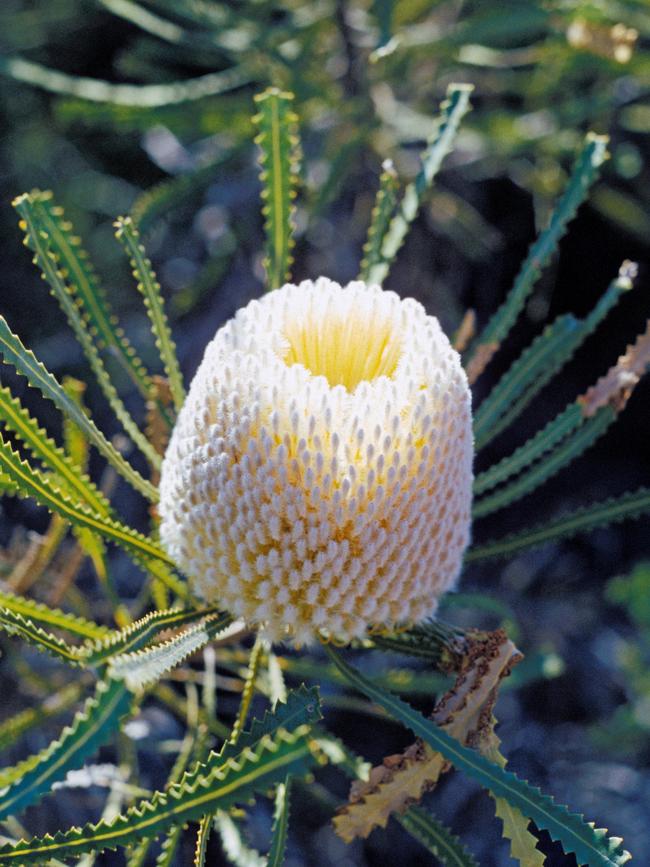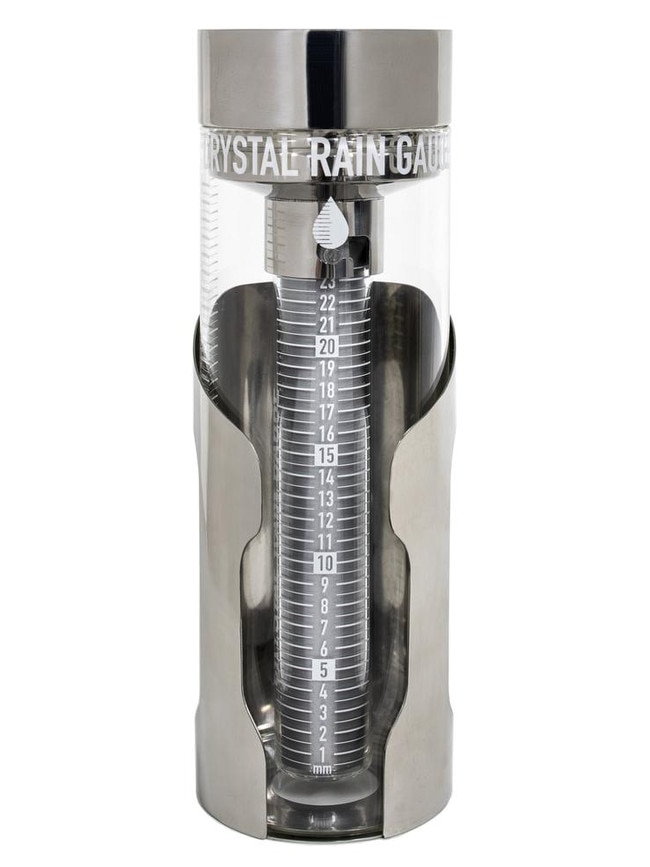Why it’s time to start planting rhubarb and asparagus
It’s a good time to plant two ‘investment’ food crops – rhubarb and asparagus — which can produce for 20 years in favourable climates.

It’s a good time to plant two “investment” food crops – rhubarb and asparagus. Both vegetables can produce for 20 years in favourable climates, and both should be allowed to grow for a year or two before serious harvesting starts. In winter you can buy “crowns”, which are the dormant, fleshy roots of good-sized plants. Allow at least one or two plants per person, spacing them about 50cm apart. Choose a sunny, well-drained spot and generously enrich your soil before planting. Feed again as new growth appears in spring.
Asparagus and rhubarb thrive in temperate and cool climates where they die down over cold winters. In warmer climates, you can still grow asparagus but the spears are thinner, smaller and fewer as temperatures increase. It also tolerates heat, drought and salt, unlike rhubarb. The tender asparagus spears that we eat are the emerging shoots of leaves that otherwise unfurl into long, feathery fronds up to 1.5m tall. Although rhubarb stems are edible when cooked, the leaves are poisonous.
Other articles from The Weekend Australian Magazine’s gardening expert:
- What to plant for a gorgeous winter garden
- Add this colour to your garden design armoury
- How to keep a hedge in good shape
- A short guide to growing Gardenias
Native wonders
Many spectacular banksias flower over winter, providing nectar for birds, small mammals and insects. Find them at botanic gardens or native specialist nurseries. Choose species local to your area, ensure free drainage and use low-phosphorus fertilisers.


Q&A
Why are the new leaves pure yellow on my formerly happy lemon tree in a large pot? The older leaves are a bit mottled. We have applied citrus fertiliser. Gail Taylor, by email
This phenomenon is caused by sulfur deficiency. Sulfur is a vital nutrient for citrus, usually supplied through rainwater and biologically active soils and composts. In pots the soil can become sterile. Check the soil pH is between 6 and 7. Add some iron sulfate or potassium sulfate according to the label; beware, too much will be toxic. Add a light layer of organic compost on top twice a year.

I wish to propagate exact replicas of my favourite rose and lemon tree. Is air layering the best method? Gerard Holmes, Melbourne
Roses and citrus are usually grafted onto selected rootstocks to improve their robustness. Many roses can grow on their own roots but citrus generally do poorly. Roses strike easily from hardwood cuttings taken in winter when you prune them. Citrus cuttings are trickier to strike, so air layering would be better for your lemon. Both methods produce clones of the parent.
We’re harvesting an abundant crop of Davidson’s plums from our 10-year-old Davidsonia pruriens. Can you recommend a jam recipe? Gary Bacon, Brisbane
This bush tucker plant is easy to grow in subtropical and tropical areas. The deep purple, soft fruits look similar but are unrelated to regular plums; they’re high in antioxidants. The standard jam recipe works – equal parts fruit to sugar. You can add more sugar to counteract its acidity or add lemon zest, vanilla seeds or even chilli. Use the fruit in any dessert recipes, in chutney or as a great plum sauce for roast turkey.
Send your questions to: helenyoungtwig@gmail.com. The best question for June wins a superb Crystal Rain Gauge worth $120. May’s wubber is Gary Waldron of Broome for his question about propagating frangipanis.


To join the conversation, please log in. Don't have an account? Register
Join the conversation, you are commenting as Logout